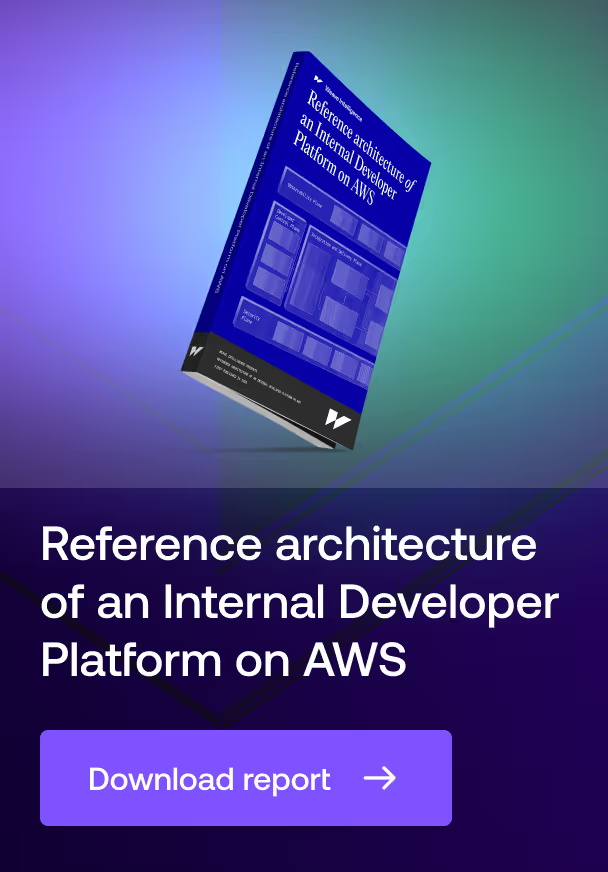Profile
Travis CI is a hosted continuous integration and delivery platform that automates building, testing, and deploying software applications. The platform pioneered cloud-based CI/CD services with deep GitHub integration, offering both hosted and self-hosted deployment options. As one of the earliest cloud CI platforms, Travis CI established many patterns now common in continuous integration, including configuration-as-code and automated build matrices. The platform's core value lies in providing reproducible, isolated build environments with support for multiple languages, architectures, and deployment targets.
Focus
Travis CI addresses the fundamental challenge of maintaining code quality through automated testing and validation of code changes. The platform eliminates manual integration testing by automatically building and testing code whenever changes are pushed to version control. It solves the complexity of maintaining consistent build environments across teams and projects through standardized, isolated execution environments. The platform serves development teams requiring automated quality assurance, particularly those building multi-platform software or managing complex deployment pipelines. Key benefits include reduced integration issues, faster feedback cycles, and automated deployment capabilities.
Background
Founded in 2011 in Berlin, Germany, Travis CI emerged from the open-source community with a mission to simplify continuous integration. The platform gained prominence by offering free CI services to open-source projects, becoming the de facto standard for GitHub repository testing. In January 2019, Travis CI was acquired by Idera Inc. and joined their Testing Tools division. The platform is maintained as proprietary software, though several components remain open-source under MIT licenses. Current governance operates under Idera's portfolio company model, with Travis CI maintaining operational autonomy while aligning with corporate strategy.
Main features
Isolated build environment orchestration
The platform provides clean, isolated build environments for each job using both full virtual machines and LXD containers. This dual virtualization approach enables teams to choose between complete isolation with VMs or faster startup times with containers. The architecture supports multiple operating systems and CPU architectures, including AMD64, ARM64, PowerPC, and IBM Z. Build environments come pre-configured with common development tools and runtimes, while allowing customization through configuration. This isolation ensures reproducibility and prevents cross-build contamination.
Declarative build configuration and matrix testing
Travis CI implements a YAML-based configuration system that defines build processes as version-controlled code. The .travis.yml file specifies language runtime, dependencies, build steps, and deployment rules. The platform's build matrix capability automatically generates test combinations across different languages versions, operating systems, and environment variables. This approach enables comprehensive testing across multiple configurations without manual orchestration. The configuration system supports both simple defaults for common scenarios and complex multi-stage workflows for sophisticated requirements.
Integrated deployment automation and notifications
The platform provides built-in deployment capabilities supporting multiple hosting platforms, container registries, and cloud services. The deployment system integrates with GitHub Releases, cloud platforms like AWS and Google Cloud, and container registries including Docker Hub. Sophisticated notification systems keep teams informed through email, Slack, IRC, and webhooks, with detailed build status information and logs. The platform supports conditional deployments based on branch names or tags, enabling automated staging and production deployment pipelines with appropriate controls and validations.







